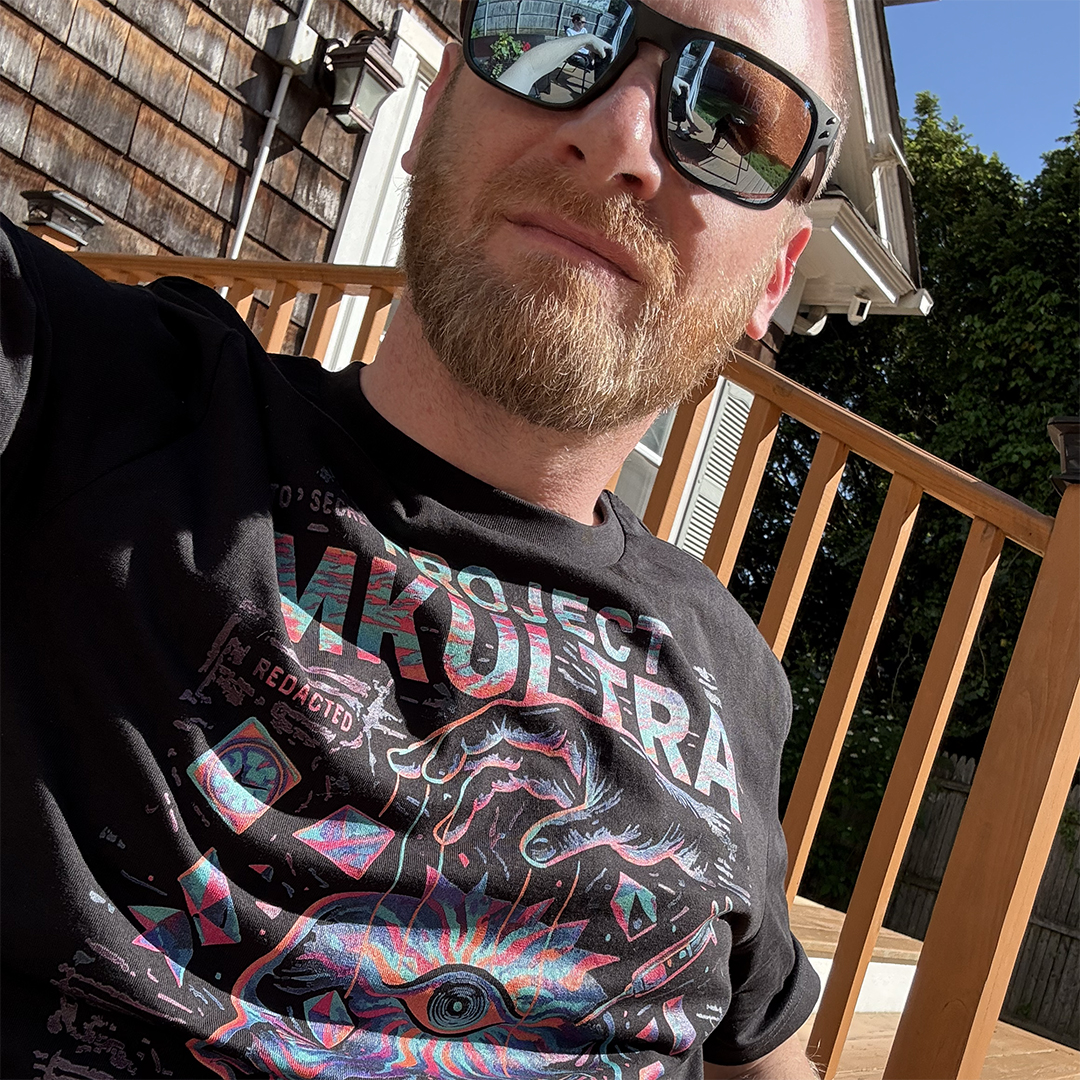Artificial Intelligence Meets Human Creativity
- William Cassar

- Jun 18
- 2 min read
I recently had the chance to attend Applied Imagination: Where Artificial Intelligence Meets Human Creativity at Farmingdale State College—a full-day symposium that dove deep into one of the biggest conversations happening in our field: how AI is reshaping creativity, design, and the way we work.
From the moment the program opened (with the help of an AI assistant, fittingly), it was clear this wasn’t a typical academic event. The speakers—designers, educators, technologists, lawyers, and industry practitioners—weren’t just talking about AI as a tool. They were talking about it as a seismic shift.

Each member brings unique skills and perspectives, which can lead to innovative solutions and creative breakthroughs. However, managing such a diverse group requires a nuanced approach to leadership.
One moment that stuck with me came from Assistant Professor Michael Berrell, who reminded the room that ChatGPT didn’t even exist 1,000 days ago. Less than three years—and yet it has already impacted art, law, ethics, education, and creative culture at a scale we rarely see with new technologies. It set the tone for a day centered on urgent questions:How do we adapt? How do we protect the human element? And where exactly is all of this heading?
Throughout the sessions, each speaker offered a different lens. Some focused on AI-augmented creativity and new artistic practices; others on ethics, governance, and the responsibility we carry as creators. A few dove into how education must evolve—how teachers are essentially “changing a tire on a moving car,” as Associate Professor Jason Lotz put it, trying to keep up with technology that refuses to slow down.
Despite the complexity, a theme kept resurfacing: AI doesn’t replace imagination—it expands it.Yes, AI gives us access to new tools, workflows, and possibilities. But the spark—the intuition, the storytelling, the decision-making—still comes from us. The students attending clearly felt the same, looking for ways to merge AI with their own design practice without losing their creative voice.
What I appreciated most was the balanced optimism. No doom, no hype—just honest perspectives on how to navigate an era where creativity is increasingly hybrid: part human, part machine, all imagination.
As someone working at the intersection of design, art direction, and emerging tech, the symposium was a reminder of why this moment matters. We’re not just adapting to new tools—we’re reshaping what creative work is. And that’s a space I’m excited to keep exploring.